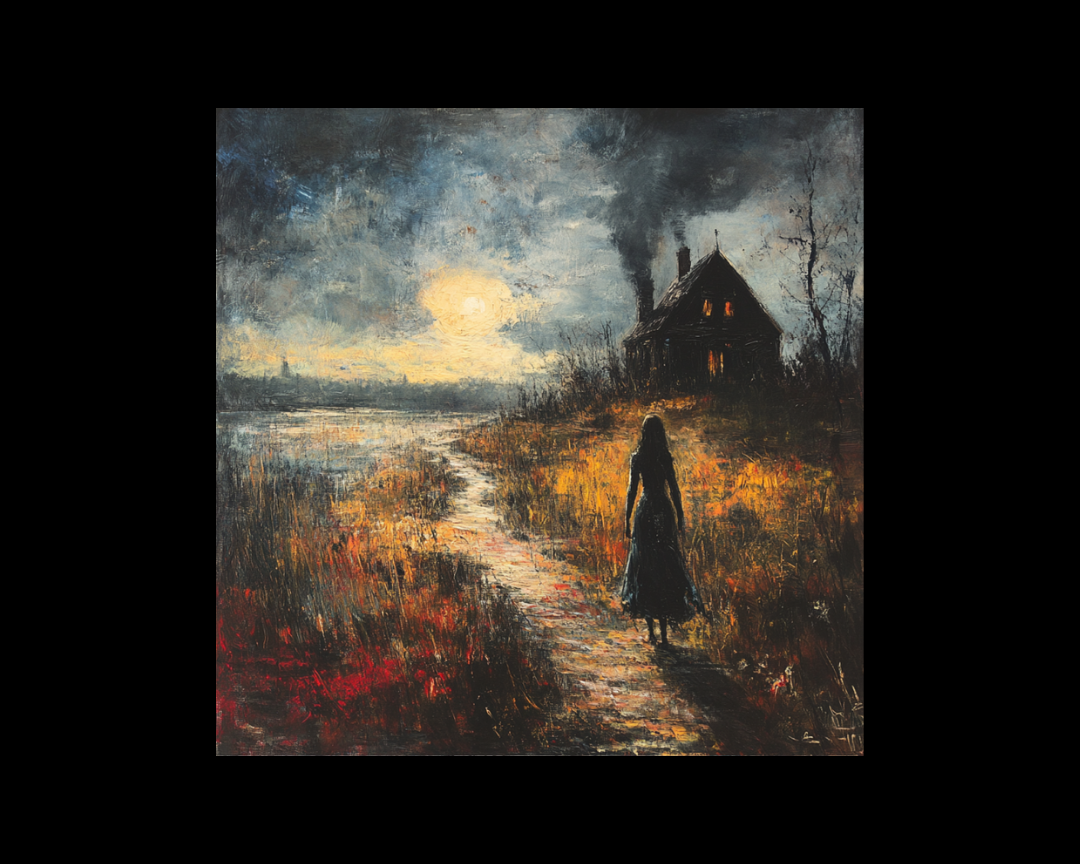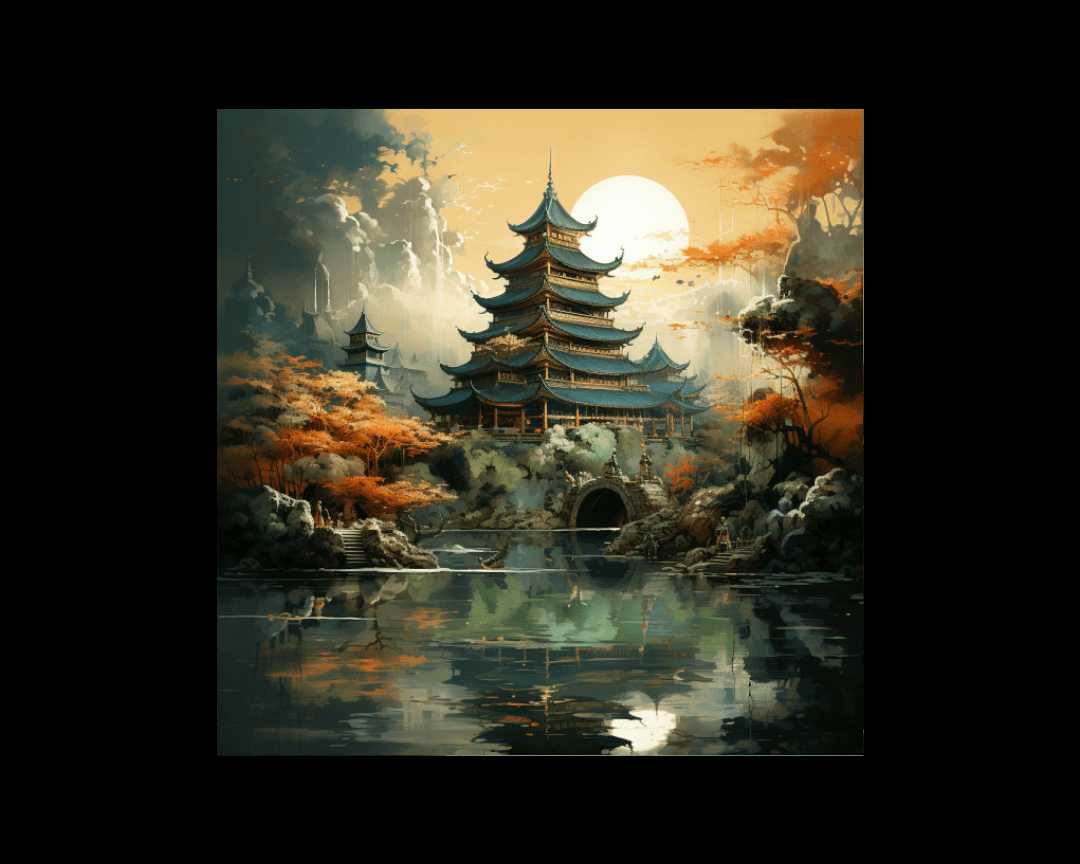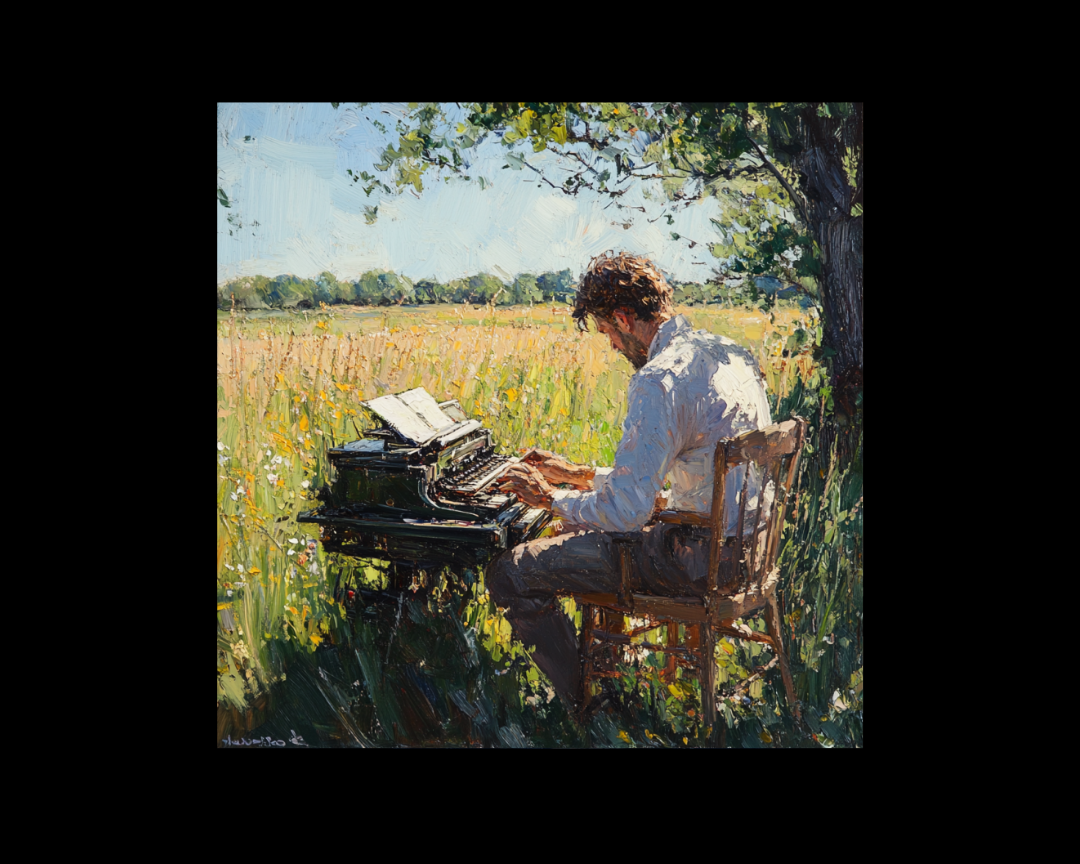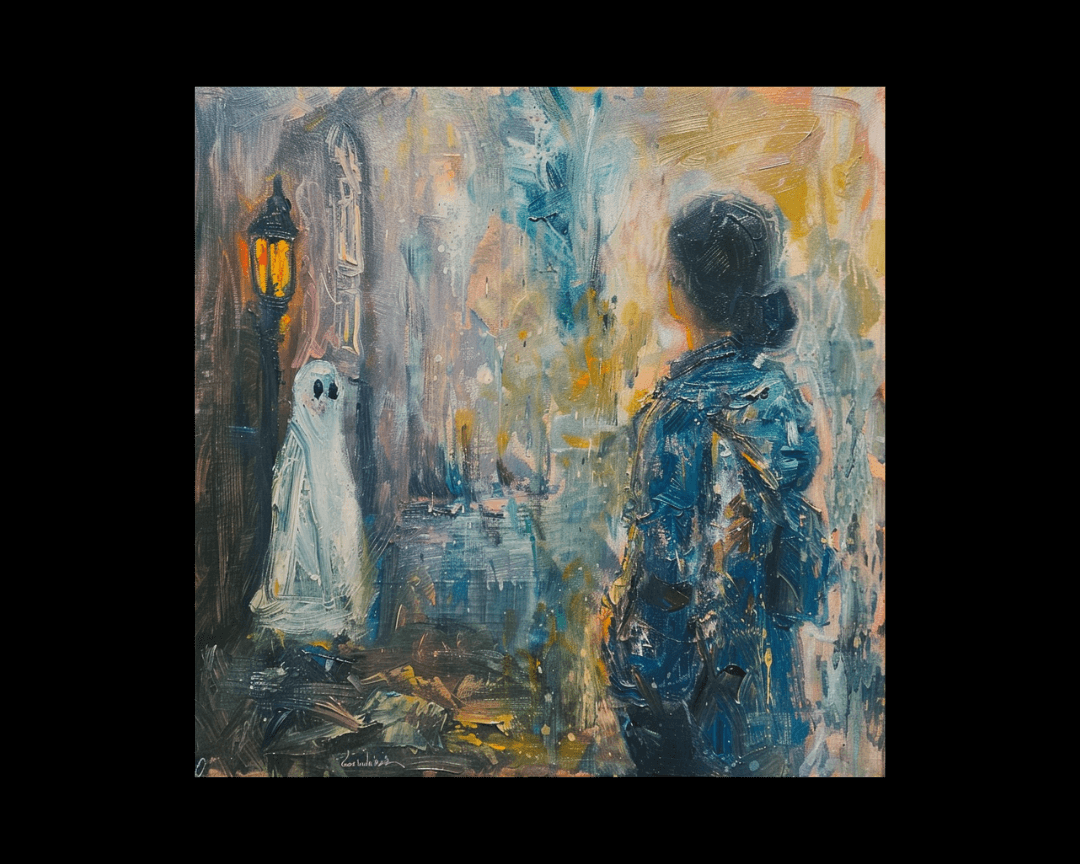Classic Chinese Literature: A Must-Read List
Chinese literature is a treasure trove of beautifully crafted stories and tomes. Especially if you are a western-born writer, it's imperative to read...

Most writers avoid horror because it feels too intense, too niche, or too lowbrow for serious literature. This misconception costs them access to one of fiction's most powerful tools for exploring human nature. Horror doesn't just entertain—it excavates the subterranean emotions we spend our adult lives suppressing: fear, grief, trauma, and the uncomfortable truths about existence that polite society prefers to ignore. When you write horror, you're not just crafting scares; you're creating a space where authentic human experience can finally breathe.
Literary culture has long relegated horror to genre fiction's bottom tier, treating it as entertainment rather than art. This dismissal reveals more about our cultural discomfort with difficult emotions than it does about horror's literary merit. We've been conditioned to view fear as childish, weakness as shameful, and darkness as something to overcome rather than explore.
Yet horror's persistence across cultures and centuries suggests something different. From ancient folklore to contemporary bestsellers, stories that confront our deepest fears consistently find audiences. Horror survives because it addresses universal human experiences that other genres often sanitize or ignore entirely.
The vulnerability required to write effective horror—opening yourself to readers' judgment by exposing your own fears—creates a uniquely powerful connection between writer and reader. This intimacy explains both horror's emotional impact and many writers' reluctance to attempt it.
Horror operates less like a traditional genre and more like a virus, attaching itself to other forms and adapting as needed. This flexibility makes it extraordinarily useful for writers across all categories. Romance novels gain depth when they explore the fear of vulnerability. Literary fiction becomes more honest when it acknowledges the horror inherent in ordinary life. Even children's literature relies on controlled fear to create emotional engagement.
This viral quality means you don't need to write explicit horror to benefit from horror techniques. The gothic elements that make horror effective—atmosphere, psychological tension, the exploration of taboo subjects—enhance any narrative willing to engage with difficult emotions.
Successful horror writers understand that fear serves story rather than dominating it. The genre's techniques work because they mirror how we actually experience intense emotions: gradually, then suddenly, with moments of relief that make the next wave more powerful.
Horror settings function differently than backdrops in other genres. They become characters themselves, reflecting and amplifying internal states. The claustrophobic house mirrors psychological entrapment. The vast desert represents isolation and exposure. The opposition between confined spaces and wild landscapes creates the fundamental tension that drives gothic narratives.
Effective horror settings don't just provide atmosphere—they create specific emotional conditions. The boarded-up house forces characters and readers into uncomfortable intimacy. The endless woods suggest both escape and deeper entrapment. These physical constraints translate into psychological ones, making external conflicts feel internally urgent.
Contemporary horror often updates traditional settings while maintaining their essential functions. Urban environments can feel as isolating as remote castles. Suburban normalcy can become as threatening as ancient curses. The key is understanding how physical space shapes emotional experience, then using that knowledge deliberately.
The commercial treatment of horror varies dramatically between markets, which affects how writers approach the genre. American publishers and readers take horror more seriously as a literary category, while British markets often rebrand horror as "gothic thrillers" or "dark fiction." This marketing reality influences how writers structure and present their work.
Understanding these commercial considerations helps writers make strategic decisions about tone, content, and positioning. A novel with horror elements might find different audiences depending on how it's marketed, and savvy writers consider these factors during the writing process rather than after publication.
The cross-genre appeal of horror techniques means that horror-influenced works often compete for multiple awards and readerships. Stories that blend horror with crime, literary fiction, or speculative elements can access broader markets while maintaining the emotional intensity that makes horror effective.
Horror shares crucial structural elements with crime fiction, particularly the gradual revelation of hidden truths. Both genres promise that chaos has explanations, that mysteries have solutions, and that confronting difficult realities leads to resolution. This promise provides comfort even within disturbing narratives.
The detective figure represents humanity's refusal to accept meaninglessness. Whether pursuing a murderer or confronting a supernatural threat, these characters embody our need to impose order on existence's apparent randomness. Their success suggests that understanding is possible, even in the face of overwhelming darkness.
This structural similarity explains why many readers gravitate toward both crime and horror fiction. Both genres offer controlled exposure to threatening situations with the promise of eventual resolution. They provide what psychologists call "benign masochism"—the pleasure of experiencing negative emotions in safe contexts.
The most crucial skill in horror writing is controlling information flow. Readers must receive enough hints to feel smart when the truth emerges, but not so many that the revelation feels predictable. This requires careful layering of misdirection, suggestion, and subliminal preparation throughout the narrative.
Effective reveals feel inevitable in retrospect while remaining surprising in the moment. They don't introduce new rules or previously unknown elements—they recontextualize information readers already possess. This technique honors the unspoken contract between writer and reader: the story world must have stable foundations even when those foundations shift dramatically.
The twist ending has become horror's signature move, but the technique works only when grounded in character truth rather than plot mechanics. The best revelations illuminate character motivations that seemed mysterious but were actually consistent throughout the story.
Emily Dickinson's advice to "tell all the truth but tell it slant" captures horror's essential function. The genre provides a mirror that reflects life from unexpected angles, revealing truths that direct examination might make unbearable. Horror writers don't invent darkness—they illuminate the darkness that already exists.
This requires starting with personal truth rather than manufactured scares. The most effective horror emerges from writers' genuine fears, processed through story structure and character development. Authentic fear translates into authentic narrative tension, while manufactured horror feels hollow and manipulative.
Genre fiction offers profound opportunities for exploring deep realities, but only when approached with passionate commitment to truth-telling. Horror demands vulnerability from writers, but it rewards that vulnerability with unparalleled emotional impact.
Horror isn't just another genre option—it's an essential tool for any writer serious about exploring human experience completely. The emotions horror addresses don't disappear when we ignore them; they simply find other ways to influence our stories. Better to engage with them directly, using horror's techniques to create the kind of honest, emotionally resonant fiction that readers desperately need.
Ready to explore horror's potential in your writing? Hire a Writer's genre specialists help authors master horror techniques across all fiction categories, from subtle psychological tension to full supernatural narratives. Contact us today to discover how horror's emotional honesty can transform your storytelling and connect more deeply with readers.

Chinese literature is a treasure trove of beautifully crafted stories and tomes. Especially if you are a western-born writer, it's imperative to read...

When a work of literature employs an image or idea in repetition, that image or idea might be a motif. Literary motifs describe noteworthy...

In the tapestry of a character's life, the threads of the past often weave the most intricate patterns. These threads, these echoes of old pains and...